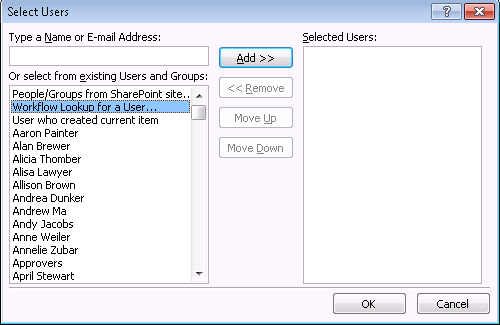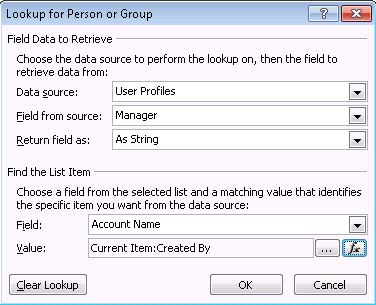SharePoint Designer 2010 facilitates the creation of SharePoint workflows for Power Users using very intuitive user interface and a set of ready-made actions (which can be extended).
One of the useful actions available is “Lookup Manager of a user”

Office.com explains the functionality of this activity as follows
“This action is initially displayed in workflow steps as Find Manager of this user (output to Variable: manager). Use this action to look up a user’s manager. The output value is then stored in a variable.
Following is an example of what the action might look like in a workflow step:
Find Manager of Workflow Context:Initiator (output to Variable: manager)"
To use this action
Insert it into SharePoint designer from the “Action” menu

Click on “this user ” to select the target user who we need to find his/her manager
From “Select Users” dialog you can choose a user by name or from a Group or the user who created the current item.
After selecting the looked-for user, the action configuration is ready and you can use the manager name from the output variable “manager”
Final configuration of the action

Another option to retrieve the user’s manager is from the user profiles.
For example in the “Start Approval Process” action when you configure the participants, Select “Workflow Lookup for a User…”

Then Select the following fields:
Data source: User Profiles
Field from source: Manager
Field: Account Name
Value Current Item:Created By

By using this method you will be able to get the manager of the user who created the current item where the workflow will be applied and he will be assigned the approval task.
Regards
Rashid Imran Bilgrami
Comments
Post a Comment